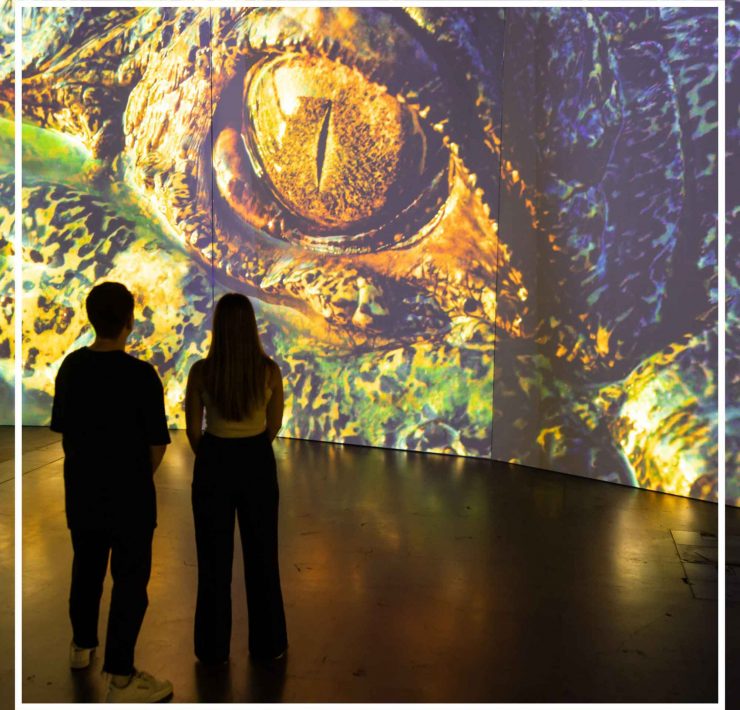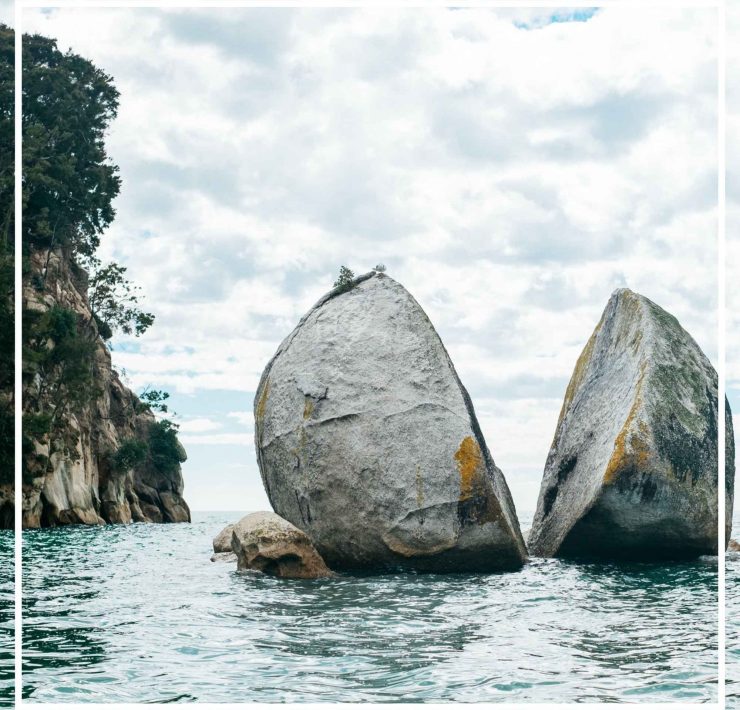Ome, The Tokyo Escape Ripped Straight From The Ghibli Universe
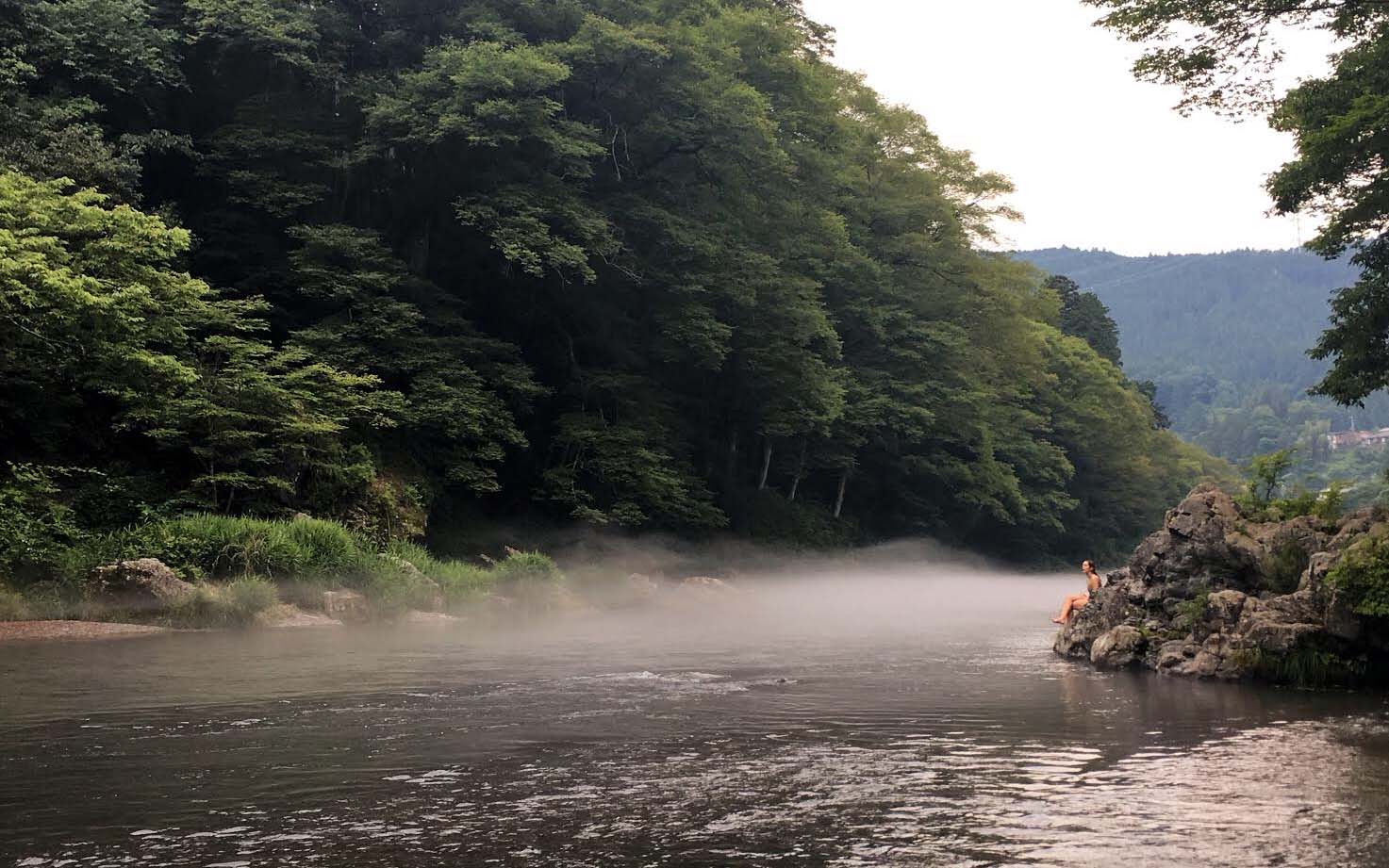
Ome, north-east of Tokyo, is a tiny town nestled at the base of the sacred Mount Mitake. Lined with well-preserved merchant streets, virtually unchanged from the Showa era (1926-1989), a stroll through the quaint inner streets of Ome is akin to being transported to a time in Tokyo’s history, long before the renovation and modernisation in the city proper.
With the crystal-clear waters of the Tama River and picturesque hiking trails, the small town is like something straight out of the Ghibli universe — the perfect escape for when the lights and sounds of Shibuya get a bit too much.
[related_articles]64116,61169[/related_articles]Legend has it that an old plum tree stands surrounded by stone stakes in a temple known as Kongo-ji, just a 15-minute walk south-west from Ome Station. The mythical plum tree is said to have been planted by the renowned samurai warrior Taira-no-Masakado (903-940) during a visit to the small town. It’s said that Masakado, astonished by the beauty of the area, prayed and made a sacred oath while planting the plum branch he was using as a whip for his horse.
He said to the branch, “If my dream should come true, grow big; otherwise, wither away.”
Masakado must have had some ups and downs, because, although the tree did grow to a decent size, its plums never ripened. Instead, they remained green, as they do on the tree known to locals as “the Plum of Masakado’s Oath” today.
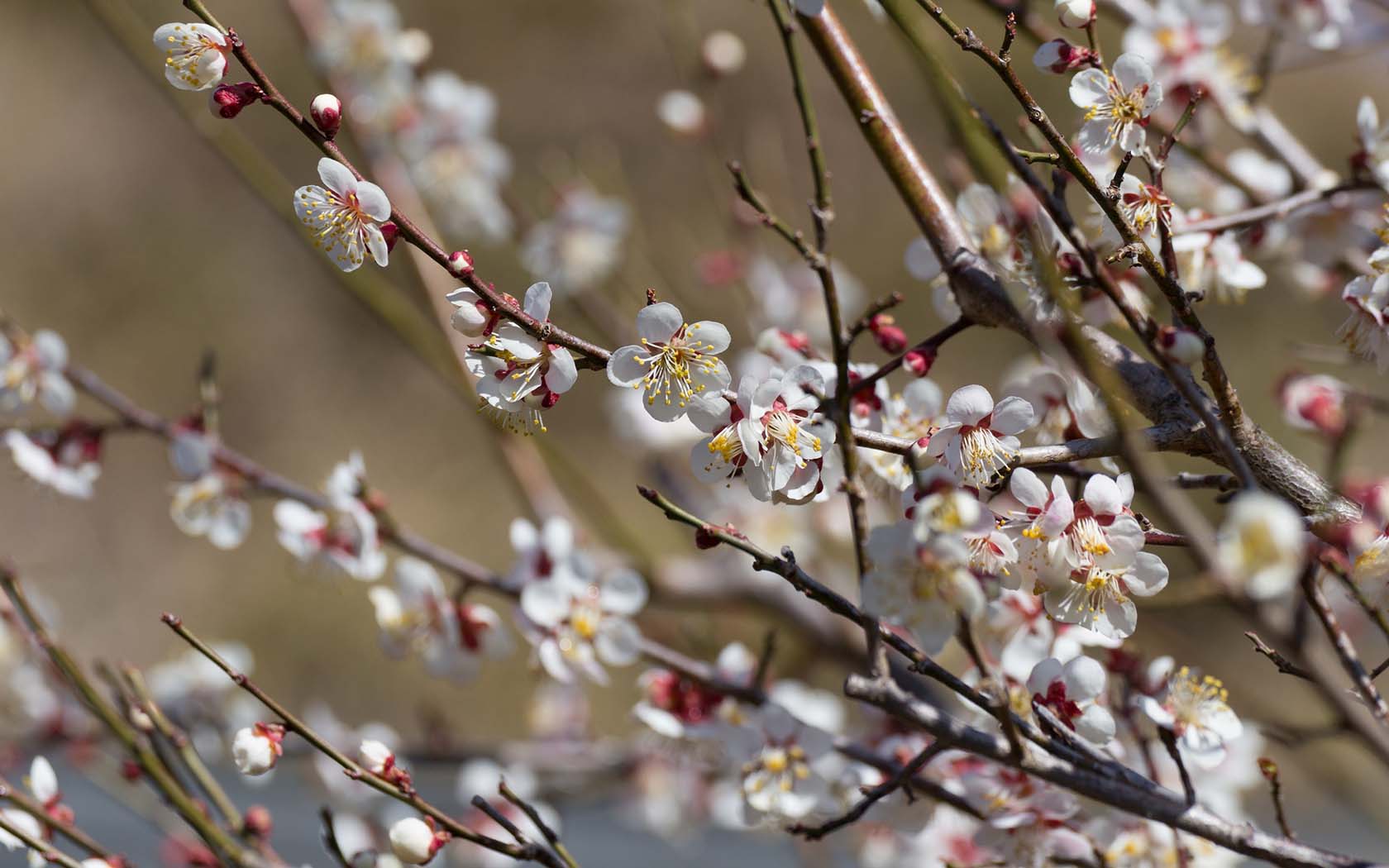
Although the story is likely more legend than fact, the greenery that surrounds the town (ome literally translates to “green plum”) does have a mythical feel about it. The serene backdrop and welcome lack of man-made noise allows the forest’s natural soundtrack floats through the air in a way that seems to stop time.
Ome is also known for a different, 150-year-old weeping cherry tree, also be found on the sacred grounds of Kongo-ji Temple. But if sacred trees aren’t your thing, you’re in luck – Ome’s true magic is in the way the sun hits the clean, fresh-flowing waters of the Tama River.
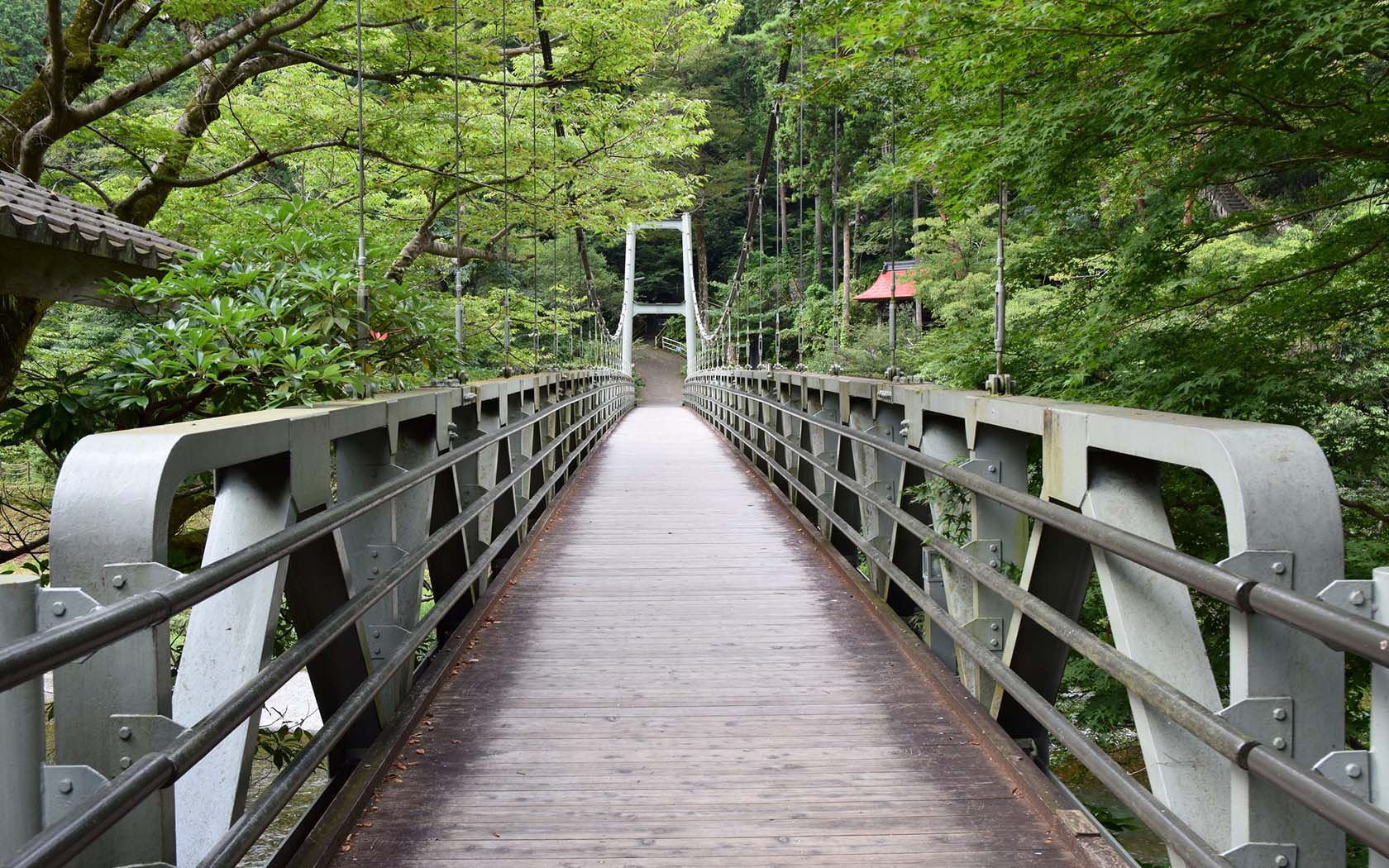
Located a short, 10-minute stroll from Ome station, the large valley wherein the Tama River flows through town can be reached on foot. After crossing a couple of bridges and climbing a few staircases, you’ll reach the stony banks – the perfect perch for a quiet summer afternoon of rejuvenation. A swim in the refreshing, mountain-sourced water is the ideal remedy for tired muscles stiffened by the rigours of city living.
[related_articles]60711,59903[/related_articles]Further up the river are some excellent hiking trails, with the area between Mitake Station and Sawai Station equipped with several trekking decks that run parallel with the railroad. The decks are well-traversed and interspersed with pit stops, including a few temples and museums, and even a sake brewery.

Seasoned hikers can continue all the way up Mount Mitake, though a cable car is a much less physically demanding means of reaching the summit of the hallowed mountain. At 929m above sea level, it’s home to an abundance of wildlife, including the Japanese flying squirrel and more than 100 different species of wild birds.
There are more than 20 temples dispersed across the mountainside, most of which have been accommodating pilgrims for hundreds of years. They’re a great, peaceful option if you’re looking to spend the night star gazing away from the light pollution of the big city.

Getting to Ome from Central Tokyo
The best way to get to Ome is by utilising the many JR trains that service Tokyo and its surrounding areas. Special rapid trains on the orange Chuo Line run a direct service to Ome Station and run frequently, with the journey taking just over an hour from Tokyo Station (¥920 per person, one-way) and around an hour from Shinjuku Station (¥800 per person, one-way).
Getting to Mount Mitake from Ome Station
If hiking isn’t your thing, Mount Mitake can be reached via a 20-minute train ride from Ome Station to Mitake Station. From there, it is a 10-minute bus ride to the lower station of the Mitake cable car.
[related_articles]58895,59267[/related_articles]Nishitokyo buses from Mitake Sation to the lower station of the cable car cost ¥290 per person, one-way, with services departing roughly every 30 minutes. The cable car will set you back ¥1110 yen for a return ticket, with about three departures every hour.
[media_embed]https://youtu.be/YAFp-pl3a2w[/media_embed] [qantas_widget code=NRT]Check out Qantas flights to Tokyo.[/qantas_widget]
(Lead image: Ashley Ogasawara)




